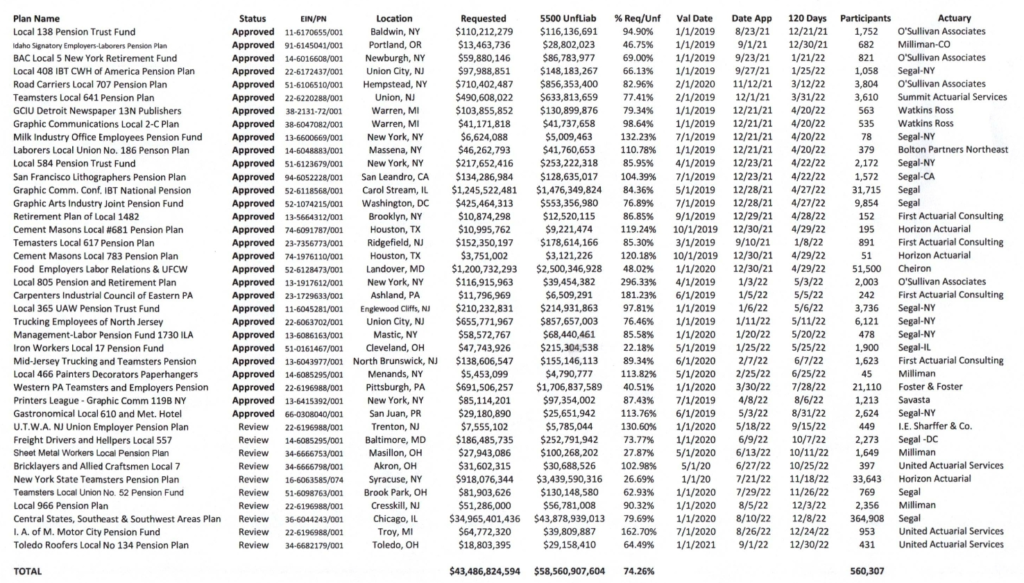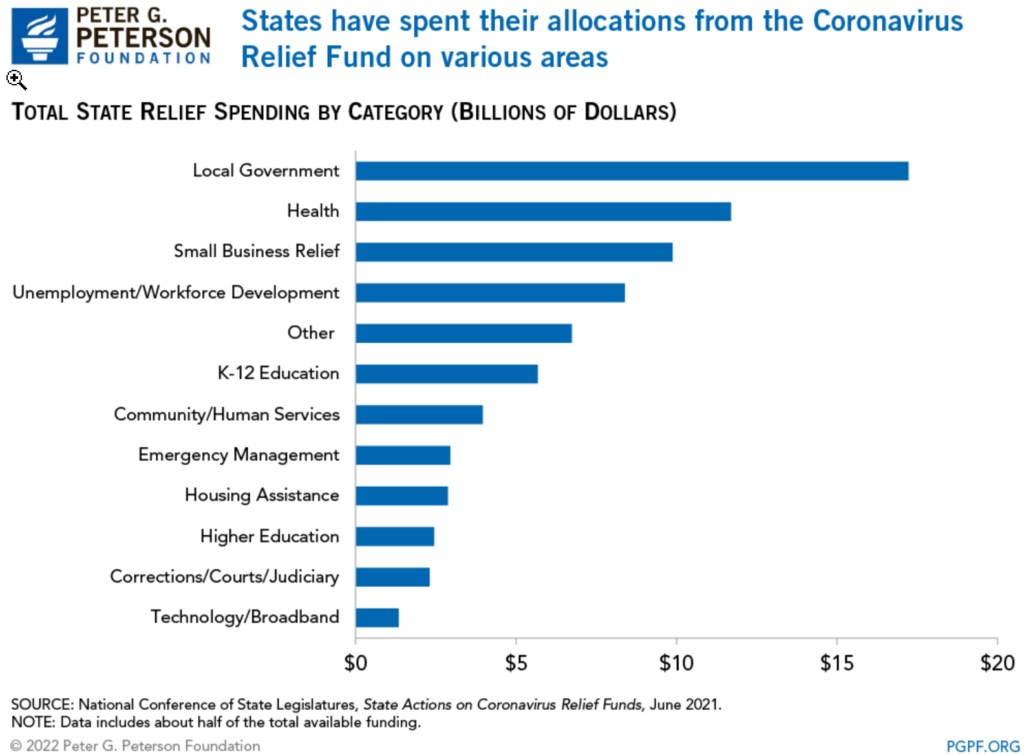Excerpt:
The Treasury and Federal Reserve stepped in late Sunday to contain the financial damage from Friday’s closure of Silicon Valley Bank, guaranteeing even uninsured deposits and offering loans to other banks so they don’t have to take losses on their fixed-income assets.
This is a de facto bailout of the banking system, even as regulators and Biden officials have been telling us that the economy is great and there was nothing to worry about. The unpleasant truth—which Washington will never admit—is that SVB’s failure is the bill coming due for years of monetary and regulatory mistakes.
Wall Street and Silicon Valley were in full panic over the weekend demanding that the Treasury and Fed intervene to save the day. It’s revealing to see who can keep a cool head in a crisis—and it wasn’t billionaire hedge-fund operator Bill Ackman or venture investor David Sacks, both frantic panic spreaders.
The Federal Deposit Insurance Corp. closed SVB, and the cleanest solution would be for the agency to find a private buyer for the bank. This has been the first resort in most previous financial panics, and the FDIC was holding an auction that closed Sunday afternoon.
….
But there is political risk from a bailout too. If the Administration acts to guarantee deposits without Congressional approval, it will face legitimate legal questions. The White House may choose to jam House Speaker Kevin McCarthy if markets aren’t mollified. But Mr. McCarthy has a restive GOP caucus as it is, and a bailout for rich depositors will feed populist anger against Washington.
The critics have a point. For the second time in 15 years (excluding the brief Covid-caused panic), regulators will have encouraged a credit mania, and then failed to foresee the financial panic when the easy money stopped. Democrats and the press corps may try to pin the problem on bankers or the Trump Administration, but these are political diversions.
Author(s): WSJ Editorial Board
Publication Date: 12 Mar 2023
Publication Site: WSJ

